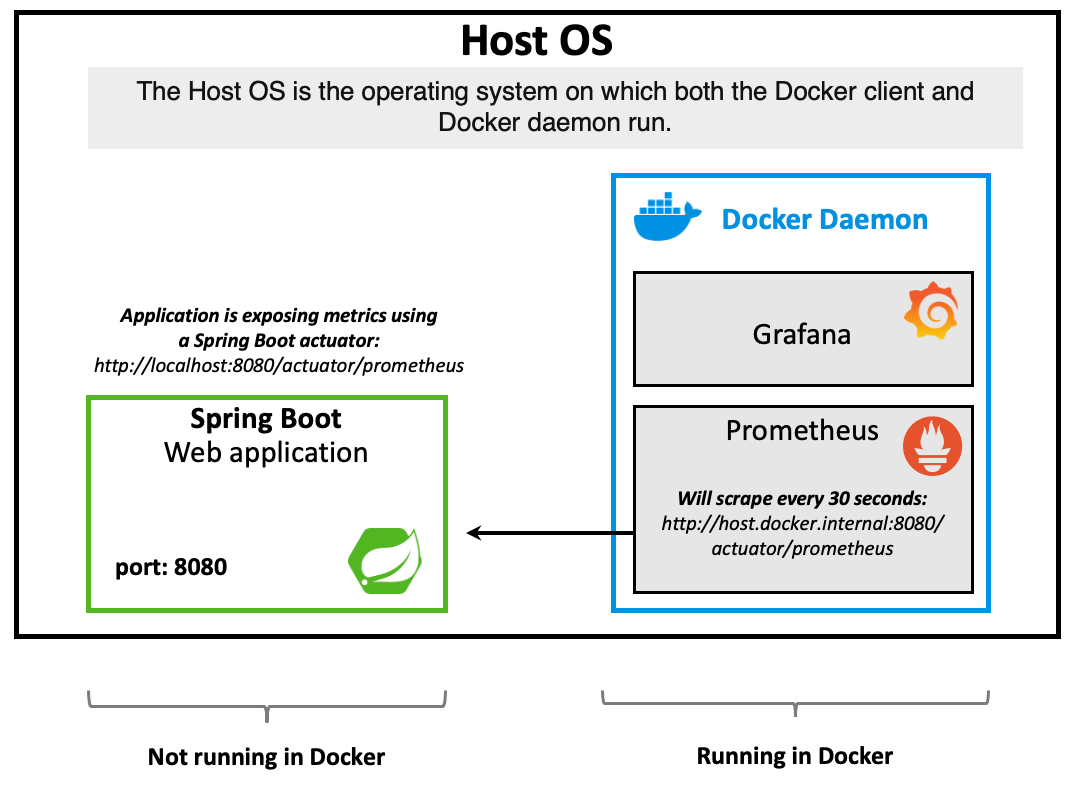


Now we can see the ports by running the docker port CONTAINER command. While your device's IP address may change every time you turn it on, your router's IP address, or 'default gateway,' stays the same and determine the IP addresses of the other devices on your network. In the above command, -d will detach our terminal, -P will publish all exposed ports to random ports and finally -name corresponds to a name we want to give. This is a tricky point, because the solution itself is short and simple, but in real life you don’t use the IP address of a Docker container unless you want to test or try something on an exceptional basis.įor the above reason, I think it’s useful to read the whole post, but in case you don’t have the time, here you have the one-liner to solve the issue. Every device on your network has a 'private' IP address for that network, and your entire network has a 'public' IP address on the Internet itself. But, you may ask why bother doing this or why not use VMs instead Docker is not a replacement for virtual.
#How do i know my docker ip how to
How do I get the IP address of a Docker container? tl dr Docker is a fantastic way to run applications in containers separate from your host OS. In this article, I am going to show you how to use Docker Compose to create a PostgreSQL container and access it using pgAdmin 4, the web-based PostgreSQL admin interface.

Let’s shed some light on a questions that readers often ask me in email or comments. You can get the IP address of a single container inspecting the container itself and using GO templates to filter the results with the -f (filter) flag.


 0 kommentar(er)
0 kommentar(er)
